The oven is an essential appliance in any kitchen, used for baking, roasting, and cooking a variety of dishes. When your oven malfunctions, it can be a major inconvenience. While certain issues necessitate the intervention of professional technicians, you can diagnose and resolve most problems can be diagnosed independently.
This article will equip you with a comprehensive set of tips and guidelines to undertake oven repairs with confidence, ensuring both safety and efficacy at the same time. Embarking on a journey to troubleshoot and rectify oven malfunctions not only alleviates the inconvenience of a faulty appliance but also empowers individuals to cultivate a deeper understanding of their kitchen equipment.
Let’s explore the nitty-gritty of oven repair, insights into identifying the common issues, employing safe repair practices, and ultimately restoring this vital kitchen appliance to its optimal working condition.
Table of contents
Understanding your Oven
Understanding your oven is essential for maximizing its functionality, troubleshooting issues, and ensuring safe and efficient operation. Here’s a comprehensive guide to help you comprehend the various aspects of your oven:
- Control Panel: The control panel is the command center of your oven. It houses knobs, buttons, or a digital display, allowing you to set temperature, cooking modes, timers, and other functions.
- Oven Cavity: The interior space where you place food for cooking. It’s often lined with materials like porcelain or stainless steel for heat resistance.
- Heating Elements:
- Bake Element: Located at the oven’s bottom, it produces heat for baking.
- Broil Element: Positioned at the top, it provides direct heat for broiling.
- Temperature Control: The thermostat and temperature sensor work together to regulate the oven’s temperature. The control board processes signals to turn the heating elements on or off as needed.
- Timer and Clock: The timer allows you to set a specific cooking duration. The clock displays the current time and, in some models, can be integrated with the timer.
- Lighting: An interior light allows you to monitor the cooking process without opening the door.
- Ventilation System: Expels hot air and steam, preventing the oven from overheating.
- Oven Racks: Adjustable racks inside the oven allow you to position food at different heights.
- Oven Insulation: Insulation materials surround the oven cavity to retain heat and prevent the exterior from becoming excessively hot.
Read ALSO: How To Remove Slime From Hair
Importance of Ovens in the Kitchen
The importance of ovens in kitchens extends far beyond mere cooking appliances; they are integral components that revolutionize the way we prepare meals and contribute significantly to the overall functionality of a modern kitchen.
Below are the reasons you should have one in your kitchen.
- Versatility in Cooking: This versatility allows for a wide range of culinary creations, from delicate pastries to succulent roasts.
- Time Efficiency: Ovens facilitate efficient cooking by allowing multiple items to be prepared simultaneously.
- Healthy Cooking Options: Ovens contribute to healthier cooking methods. Roasting and baking often require less oil, promoting healthier meal options without compromising on taste.
- Convenience and Ease of Use: Modern ovens come equipped with user-friendly features such as programmable settings, timers, and preset modes, making cooking more convenient and accessible for individuals with varying levels of culinary expertise.
- Expanding Culinary Horizons: Ovens inspire creativity in the kitchen by enabling experimentation with diverse recipes.
Types of Ovens
Ovens come in various types, each designed to cater to specific cooking needs and preferences. Understanding the types of ovens can help you make an informed choice based on your cooking style and requirements.
Here are some common types of ovens:
- Conventional Ovens: These are traditional ovens that heat from the bottom. They are suitable for baking and roasting but may have uneven heat distribution.
- Convection Ovens: Convection ovens use a fan to circulate hot air throughout the oven, ensuring more even cooking. They are excellent for baking, roasting, and cooking multiple dishes simultaneously.
- Self-Cleaning Ovens: Equipped with a self-cleaning feature, these ovens use high temperatures to burn off food residue. This makes cleaning more convenient.
- Steam Ovens: Steam ovens use water vapor to cook food, preserving nutrients and moisture. They are ideal for vegetables, fish, and other dishes that benefit from gentle cooking.
- Range Ovens:
Common Oven Issues and Troubleshooting
No Power or Heat
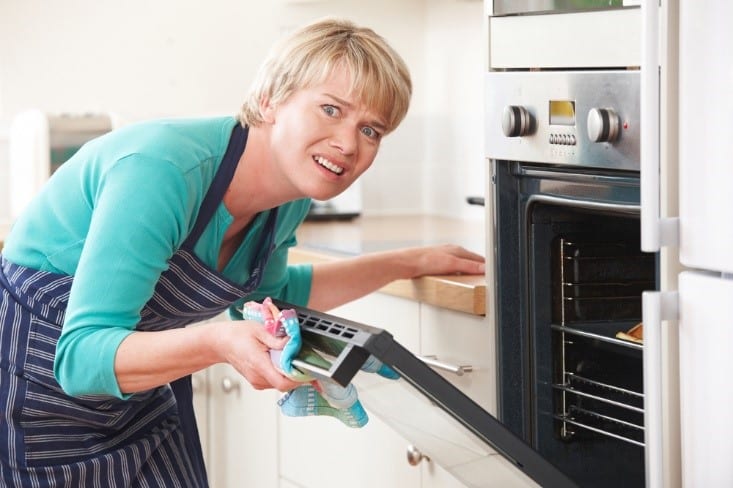
If your oven is not turning on or heating up, the issue may lie with the power supply. Start by checking the power cord and the outlet. Ensure that the oven is plugged in securely and that the outlet is functioning. If there’s still no power, the problem might be with the thermal fuse or the electronic control board.
You can replace the heating element or igniter in your oven by following these steps:
- Prioritize safety by turning off the power to your oven before initiating any servicing.
- Use a screwdriver to remove the existing igniter or heating element. Typically, these components are situated inside the oven.
- Gain access to the igniter by removing either the broiler or the storage drawer.
- If the heating element is concealed, seeking the help of a professional repair person might be necessary for a replacement.
Related: How To Remove Gorilla Glue From Skin
Uneven Cooking or Baking
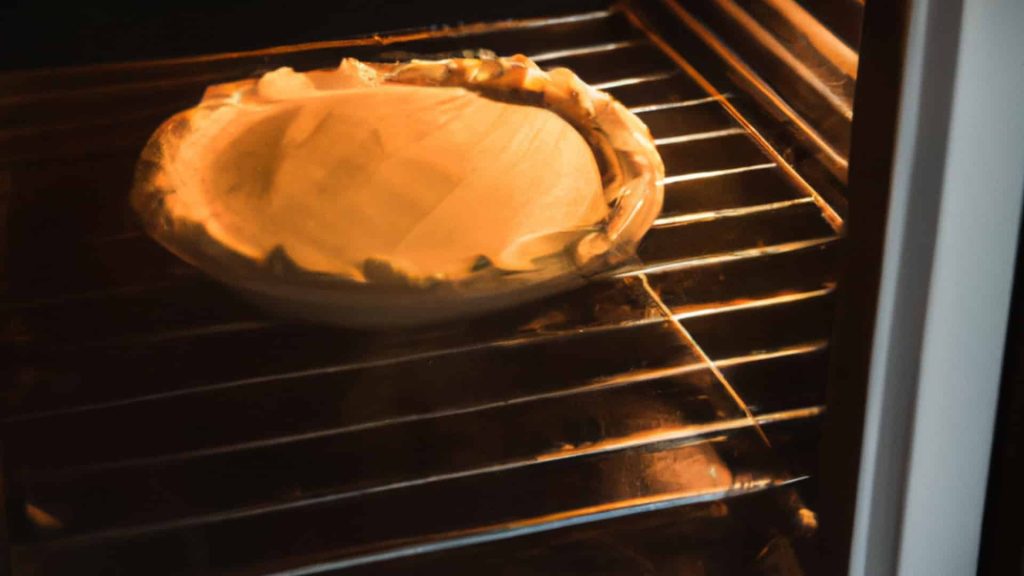
Uneven cooking is a common problem in ovens and can be caused by issues with the heating elements or temperature sensors. To fix, follow the steps below.
- Begin by pre-heating the oven and employing an oven thermometer to assess the temperature at different locations.
- If you detect a noticeable variance, it might indicate a need for the replacement of the heating elements.
- Also, use a multimeter to conduct tests on temperature sensors, ensuring their proper functionality.
Faulty Door

A damaged or worn-out door seal can lead to heat loss and inefficient cooking. Inspect the seal for any visible signs of damage, such as cracks or tears. If the seal is compromised, it will need to be replaced.
Begin the fixing process by disconnecting the oven from the power source and, do the following
- Remove the oven door by pulling it straight up and out. If it resists, unscrew any screws holding the hinges back inside the oven.
- Examine the hinges and replace them
- Inspect for any broken door springs by sliding out the bottom drawer and checking underneath the oven.
- Use pliers to remove any damaged springs, ensuring the ends are wrapped around two bolts. Install replacements, wrapping the ends of the new springs around the bolts.
- If the oven door doesn’t close properly, consider replacing the door sensor as a quick fix.
Replacing the Timer
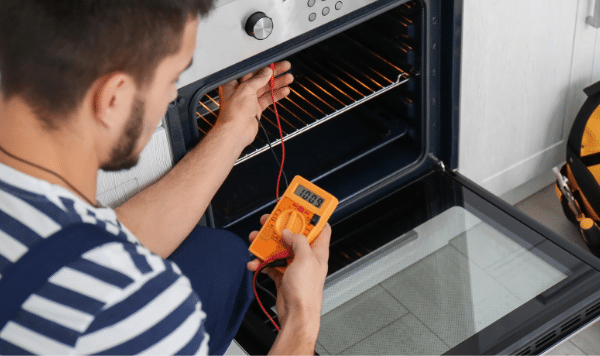
The range timer is typically situated in the control panel atop the range. If there is a suspicion of a faulty timer, it is advisable not to attempt a DIY repair. Instead, the recommended course of action is to detach the timer and take it to a professional service person for thorough testing.
To remove it, follow the steps below:
- Begin by removing the back service panel covering the control panel. Release the spring clips holding it in place or undo the remaining screws.
- Push the timer forward to disengage it from its position.
- Disconnect the electrical lead wires from the timer housing. If, during the disassembly, burnt or dirty electrical wire terminals are observed, address this issue by removing the leads and using fine steel wool to buff both the leads and terminal points. Burned or dirty terminals can contribute to timer malfunctions, and thorough cleaning can rectify the problem.
- Subsequently, either replace the old timer or install a new one of the same size and type if necessary. Connect the new timer following the same configuration as the old one. This meticulous process ensures the proper functioning of the timer.
The Interior Light Won’t Come On
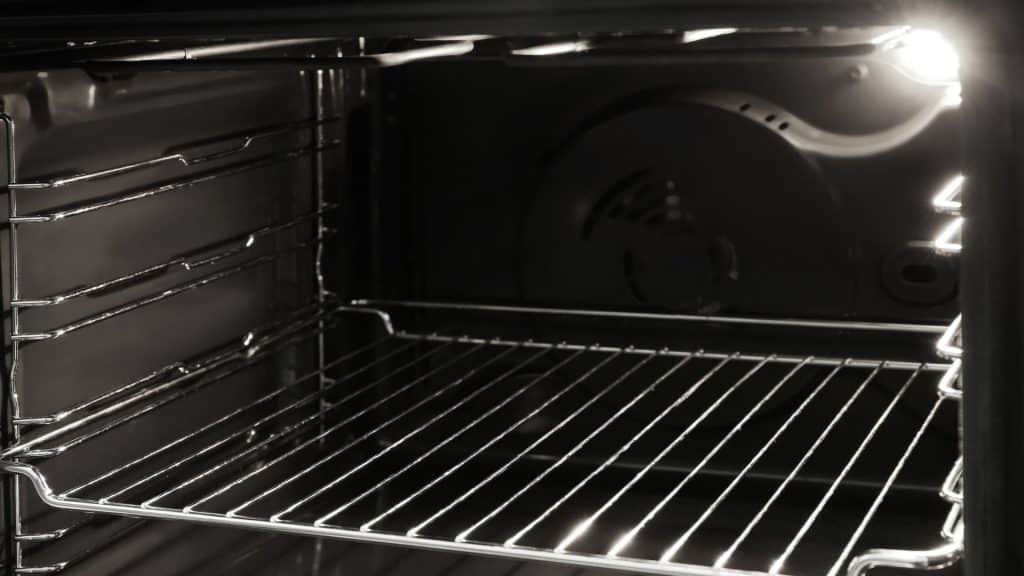
Much like standard lightbulbs, the one in your oven may not come on. Thankfully, replacing your oven light involves a few uncomplicated steps. Start by taking off the bulb cover by giving it a quarter-turn counterclockwise.
While you’re trying to install a new bulb, exercise caution and use a dry cloth or gloves to prevent any contact with your skin. Voila!! This process should restore proper lighting to your oven.
Self-Cleaning Malfunction
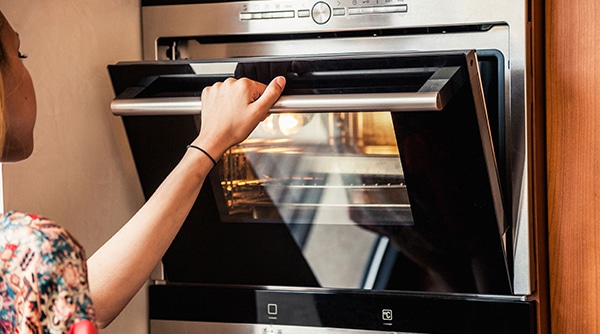
If your oven has a self-cleaning feature that’s not working correctly, it may be due to a malfunctioning thermostat or a faulty door lock motor. Inspect these components for any visible damage or signs of wear.
Replacing a thermostat or door lock motor may require some disassembly, so it’s essential to follow the manufacturer’s instructions carefully.
When Do I Call a Professional?
While you can administer some quick fixes to a long list of oven malfunctions through do-it-yourself (DIY) repairs, it is expedient to note that certain issues go beyond amateur troubleshooting and require you to employ the services of a certified technician.
Also, if your oven is still under warranty, carrying out some independent repairs may risk voiding the warranty terms, making the professional intervention a wise decision.
The following oven issues are when you should involve an expert:
- Gas Leaks: If you smell gas or suspect a gas leak, evacuate the area immediately and contact your gas company or emergency services.
- Complex Electronic Issues: Problems with the electronic control board or other intricate components may require the expertise of a professional technician.
- Warranty Coverage: If your oven is still under warranty, attempting DIY repairs may void the warranty. Check the warranty terms and conditions before proceeding.
- Safety Concerns: If you are unsure about the repair process or encounter unexpected challenges, it’s safer to consult a professional technician.
See this: How Does a Master Key Work on Various Doors?
How to Prevent Common Oven Issues
Preventing common oven issues involves a combination of regular maintenance, proper usage, and awareness of potential problems. Here are practical guidelines to help you avoid common oven issues and ensure the longevity of your appliance.
- Clean Regularly: Wipe down the interior after each use and perform a more thorough cleaning periodically. Remove removable parts like racks and trays for a more comprehensive cleaning.
- Use Oven Liners: Place oven liners on the lower rack to catch any food or liquid overflow, making cleanup easier and protecting the oven from potential damage.
- Avoid Excessive Grease: Use pans with high sides, employ a roasting pan for meats, and consider using a splatter screen to contain grease.
- Monitor Cooking Utensils: Ensure that cookware is oven-safe and appropriate for the cooking method. Avoid using utensils with plastic handles at high temperatures.
- Be Mindful of Oven Racks: Position racks according to the recipe’s instructions. Avoid dragging heavy pans across the racks, as this can damage both the racks and the oven interior.
FAQs on Oven Repair
Several factors could contribute to this issue, including a faulty heating element, a defective thermostat, or issues with the control board. Start by checking the heating elements and the thermostat, and if the problem persists, consult the control board.
Yes, you can replace the oven door glass yourself. Refer to the manufacturer’s instructions for your specific oven model and follow the steps for safe and effective glass replacement.
Mix a solution of baking soda and water to form a paste. Spread this paste over the interior surfaces of the oven, avoiding heating elements. Let it sit overnight and then wipe away the residue with a damp cloth.
Worn-out or faulty components may cause unusual sounds such as the fan, motor, or bearings. Inspect these parts for any visible issues and replace them as quickly as possible.
Oven light bulbs typically last for several years. Replace the bulb when it burns out or if it’s not providing sufficient light. Follow the manufacturer’s guidelines for the specific replacement bulb.
Conclusion
Repairing an oven can be a rewarding and cost-effective endeavor, provided you prioritize safety and follow the manufacturer’s guidelines. By identifying common issues, troubleshooting effectively, and following a systematic repair process, you can restore your oven to optimal functionality.
However, always exercise caution, and when in doubt, seek the help of a qualified professional. With the right tools and knowledge, you can enjoy the satisfaction of fixing your oven and continue creating delicious meals for years to come.
References
- Home.howstuffworks.com – How to Repair an Oven
- Ahs.com – 7 Reasons Your Oven is Not Working and How to Fix the Issues
- Cookerspareparts.com – Electric Oven Repairs
Recommendations
DISCLOSURE: This post may contain affiliate links, meaning when you click the links and make a purchase, we receive a commission.


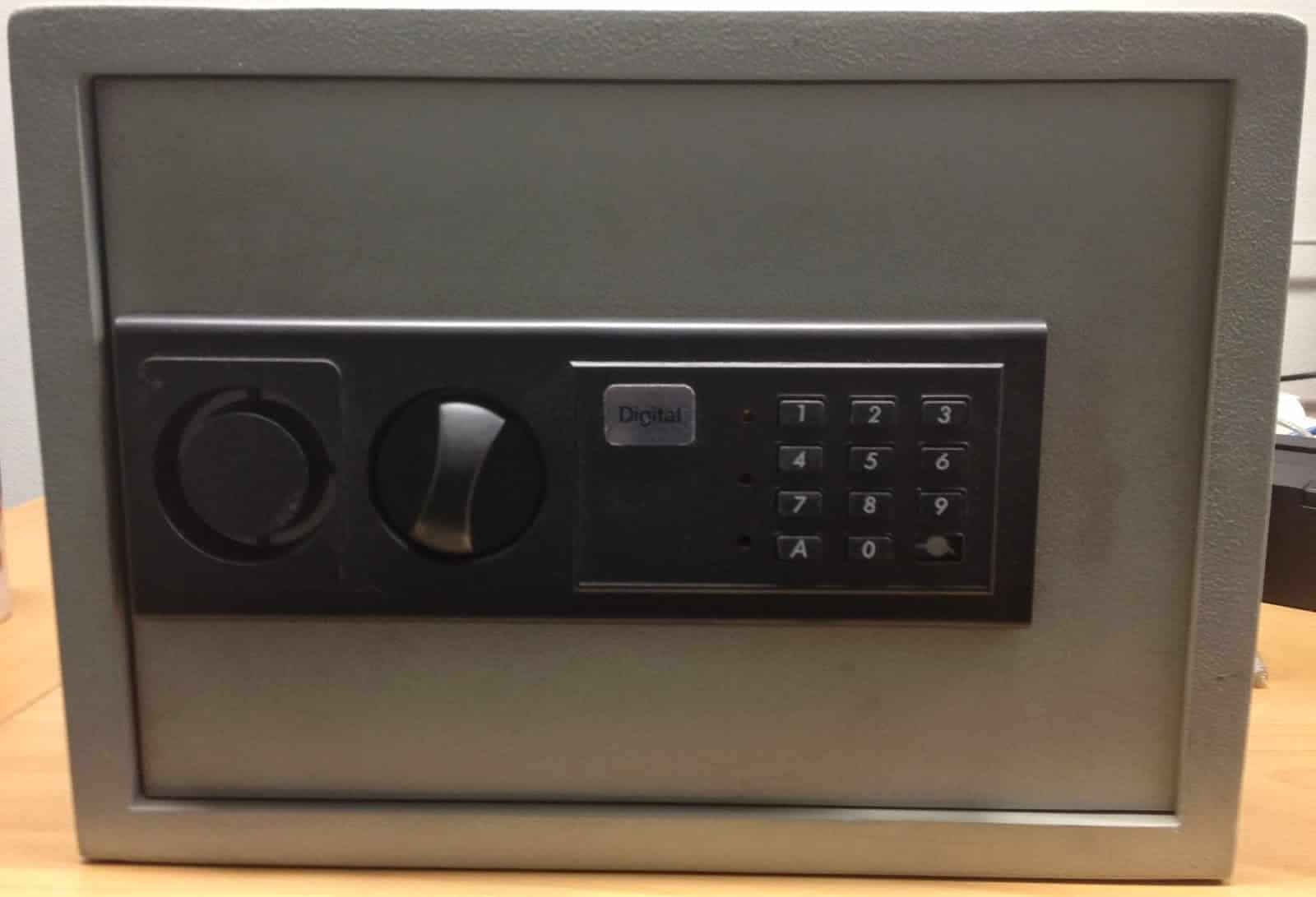

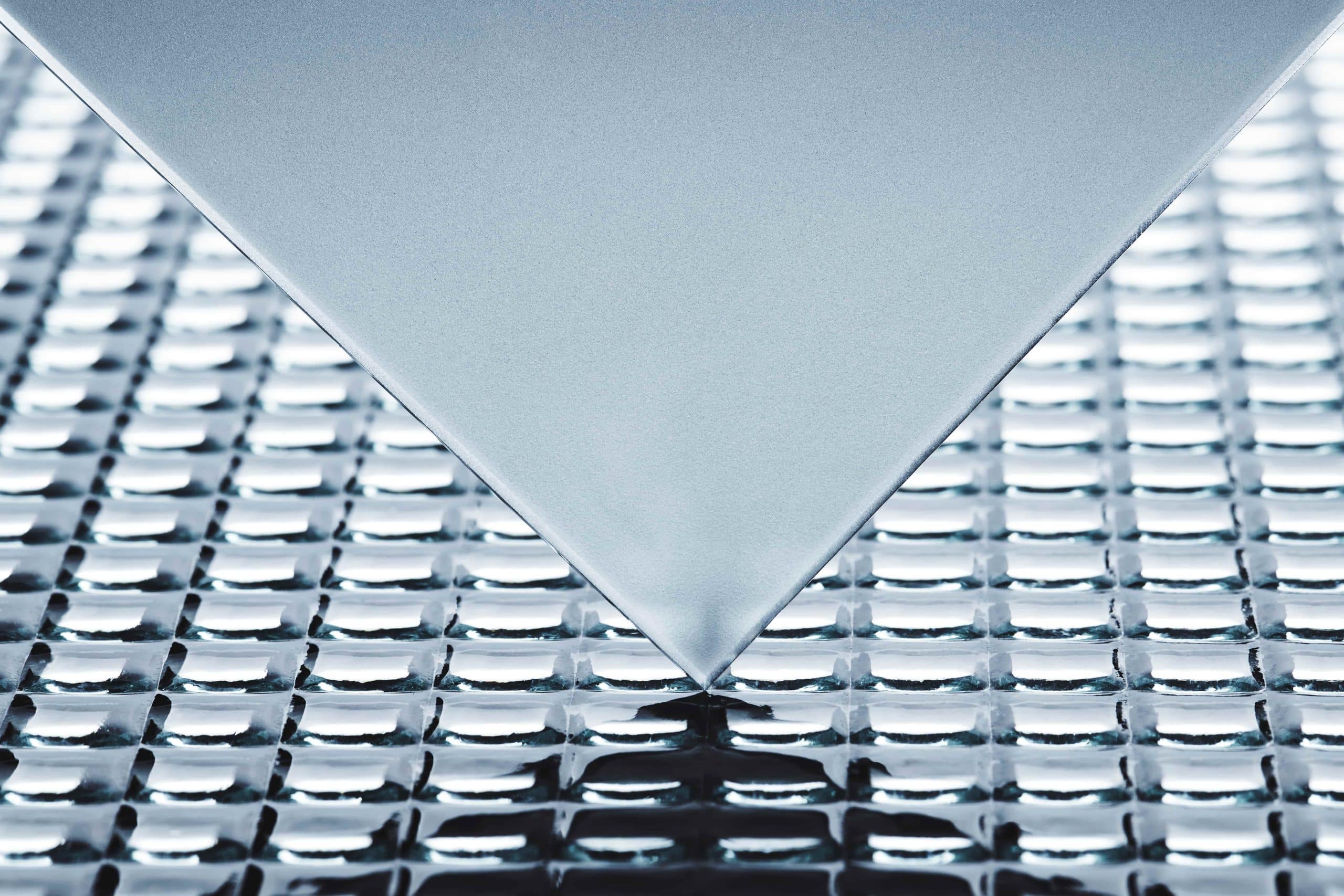

1 comment
Comments are closed.